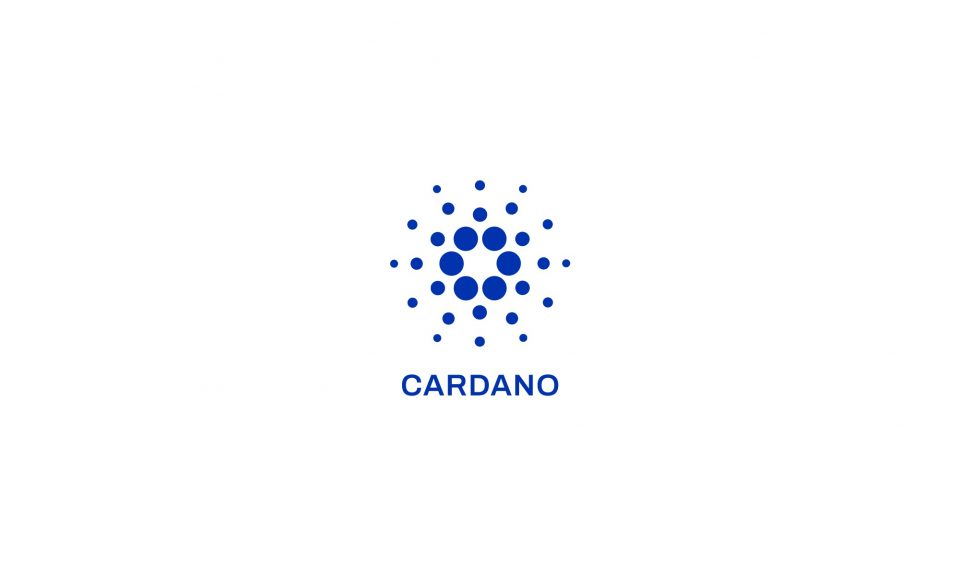James Bowater in conversation with Nathan Kaiser, Chairperson of the Cardano Foundation

It’s hard to believe that this time last year I was taking part in a tree-planting ceremony in Plovdiv, Bulgaria with the senior teams from the Cardano Foundation, EMURGO, and IOHK to celebrate Cardano’s second birthday. The world was very different, with us all jetting in for the occasion.

Ironically, the COVID crisis has done nothing to slow the advancement of Cardano as it hits milestone after milestone with the successful deployment of Shelley, on a fast-track to the arrival of smart contracts.
So, I caught up with Nathan Kaiser to find out what the next three years look like for Cardano.
JB: Shelley was a resounding success, what will the next milestone be for the protocol?
NK: The gradual rollout of smart contracts, tokens, and decentralized applications will begin in Q4 2020. Once these components are delivered, the Cardano blockchain will become open and accessible to developers, enterprise users, and institutions. We expect this will be followed by the widespread creation of native tokens, DApps, and smart contracts built on top of Cardano, and we look forward to welcoming thousands of new stakeholders to our ecosystem.
The successful rollout of Shelley made Cardano one of the most decentralized and scalable blockchains to date. Now, with the vital components of Goguen almost here, we can shift our focus to interoperability with legacy financial systems—creating one of the most accessible and powerful global financial and social operating systems in the world.
JB: The news on everyone’s lips is the appointment of CEO Frederik Gregaard, and Head of Growth Eva Oberholzer, two former-PwC professionals, what will their goals within the Cardano Foundation be?
NK: It’s certainly an exciting development for both the Cardano Foundation and the wider Cardano ecosystem. Frederik and Eva will help steer the Foundation towards the delivery of its enterprise adoption goals, find alternatives to centralized governance, and create a democratized community where every ecosystem participant is empowered to take part.
They will be working closely with the rest of the Cardano Foundation team to identify and onboard new enterprise partners, explore collaboration opportunities with innovators, and make the Cardano ecosystem and its technology inclusive for legacy financial providers and institutions.
JB: Looking even further ahead, what are the most critical milestones after Goguen?
NK: After Goguen, the rollout of Basho will bring scalability, interoperability, sidechains, and sharding, and the ability to switch between UTXO and account-based models. This will allow tokens on other blockchains to be used and represented on Cardano, or vice versa, and more critically it will solve the final piece of the blockchain puzzle—the transfer of information between legacy systems, such as banking infrastructure, and distributed ledgers.
We believe that this functionality will make Cardano one of the most attractive permissionless blockchains for financial institutions, governments, and a myriad of business users.
